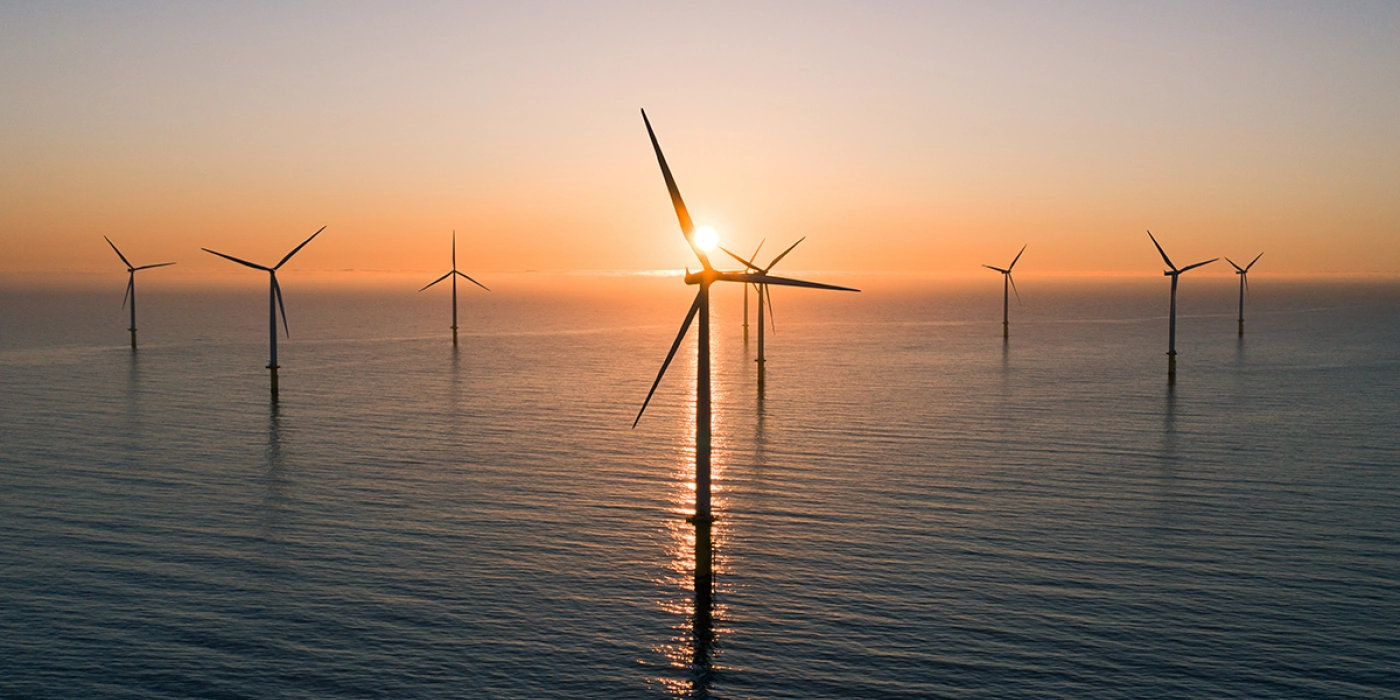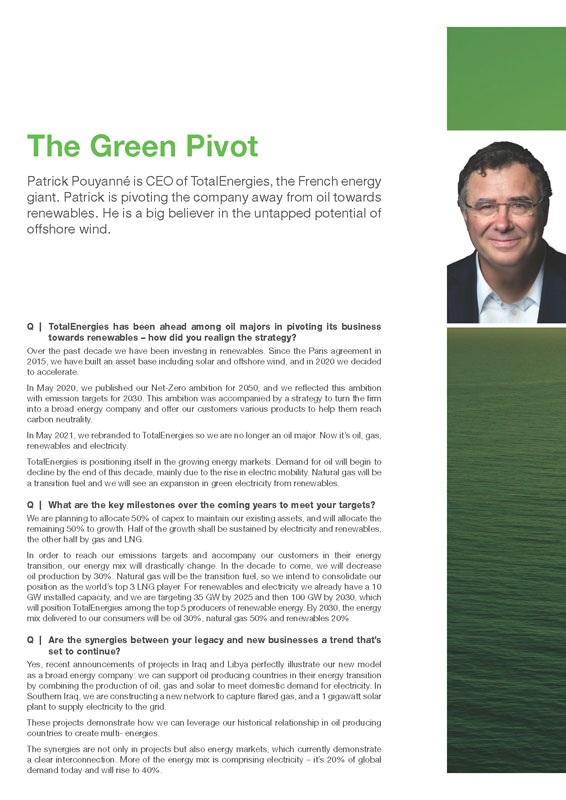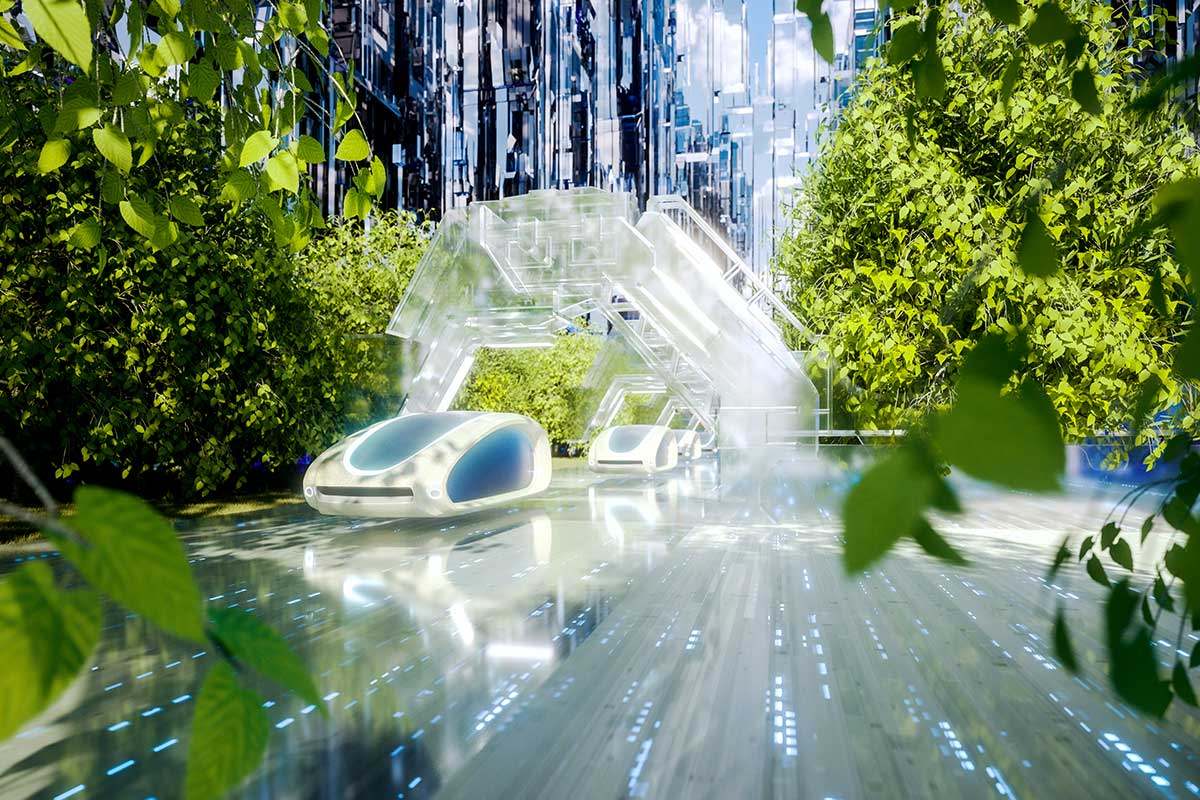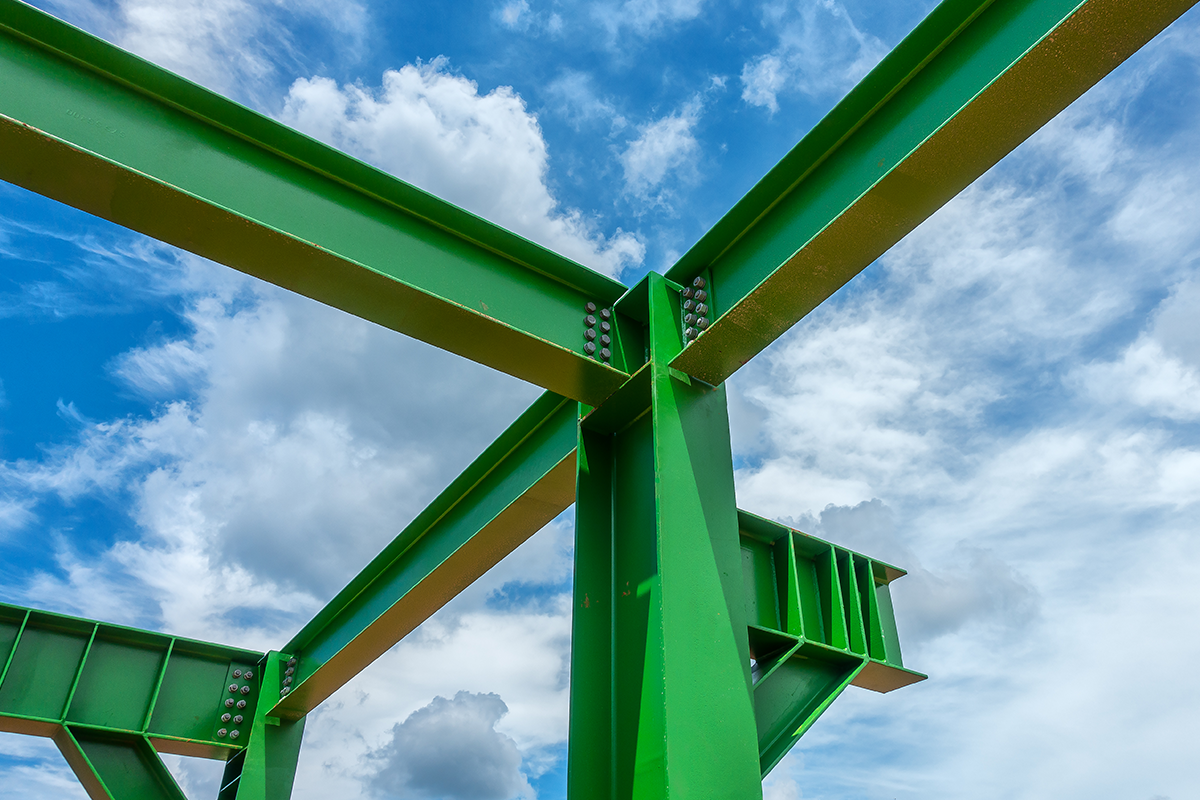-
More than 50% of our R&D budget is dedicated to low carbon solutions: solar, wind, energy storage and hybrid systems
-
We are looking at floating offshore wind. So far, we have developed fixed bottom offshore wind but floating is a new frontier.
-
In May 2021, we rebranded to TotalEnergies so we are no longer an oil major. Now it’s oil, gas, renewables and electricity.
TotalEnergies has been ahead among oil majors in pivoting its business towards renewables – how did you realign the strategy?
Over the past decade we have been investing in renewables. Since the Paris agreement in 2015, we have built an asset base including solar and offshore wind, and in 2020 we decided to accelerate.
In May 2020, we published our Net-Zero ambition for 2050, and we reflected this ambition with emission targets for 2030. This ambition was accompanied by a strategy to turn the firm into a broad energy company and offer our customers various products to help them reach carbon neutrality.
In May 2021, we rebranded to TotalEnergies so we are no longer an oil major. Now it’s oil, gas, renewables and electricity.
TotalEnergies is positioning itself in the growing energy markets. Demand for oil will begin to decline by the end of this decade, mainly due to the rise in electric mobility. Natural gas will be a transition fuel and we will see an expansion in green electricity from renewables
What are the key milestones over the coming years to meet your targets?
We are planning to allocate 50% of capex to maintain our existing assets, and will allocate the remaining 50% to growth. Half of the growth shall be sustained by electricity and renewables, the other half by gas and LNG.
In order to reach our emissions targets and accompany our customers in their energy transition, our energy mix will drastically change. In the decade to come, we will decrease oil production by 30%. Natural gas will be the transition fuel, so we intend to consolidate our position as the world’s top 3 LNG player. For renewables and electricity we already have a 10 GW installed capacity, and we are targeting 35 GW by 2025 and then 100 GW by 2030, which will position TotalEnergies among the top 5 producers of renewable energy. By 2030, the energy mix delivered to our consumers will be oil 30%, natural gas 50% and renewables 20%.
Are the synergies between your legacy and new businesses a trend that’s set to continue?
Yes, recent announcements of projects in Iraq and Libya perfectly illustrate our new model as a broad energy company: we can support oil producing countries in their energy transition by combining the production of oil, gas and solar to meet domestic demand for electricity. In Southern Iraq, we are constructing a new network to capture flared gas, and a 1 gigawatt solar plant to supply electricity to the grid.
These projects demonstrate how we can leverage our historical relationship in oil producing countries to create multi-energies.
The synergies are not only in projects but also energy markets, which currently demonstrate a clear interconnection. More of the energy mix is comprising electricity – it’s 20% of global demand today and will rise to 40%.
But electricity from renewables means intermittency – we face issues with energy prices because of a drought in China and Brazil or a lack of wind in the UK and Germany.
As electricity is a secondary energy, you have to produce it, if not from renewables, then nuclear or gas. This is where TotalEnergies can bring value as we operate in all of these markets and they are interconnected. We can lower prices for customers and maximise value for stakeholders in these more complex systems.
Why do you anticipate such a high share in natural gas, a fossil fuel?
Renewables are intermittent. In the end you want reliable or permanent power and that comes from a combination of nuclear, gas, coal and oil. You could make batteries but it’s expensive and takes time to develop in order to supplement renewable power. Setting aside nuclear, as not all countries agree on it, gas is better as emissions are less than half compared to coal or oil.
What are the future green energies you are most excited about?
We are looking at floating offshore wind. So far, we have developed fixed bottom offshore wind but floating is a new frontier. There are technical obstacles to surmount but we have engineers and suppliers with expertise in this area.
E-fuels or liquid fuels to power planes and ships are essential as a question of storage. E-fuels combine hydrogen and CO2 by transforming CO2 as feedstock not as waste. It’s costly today but we must innovate to make it more viable.
How important are mitigation techniques like Carbon Capture and Direct Air Capture?
More than 50% of our R&D budget is dedicated to low carbon solutions: solar, wind, energy storage and hybrid systems, e-fuels, biogas, Carbon Capture and Storage (CCUS) and methane detection. R&D on digital and AI also contributes to accelerate the decarbonization of our activities.
We are investing in CCUS, in particular in the North Sea. We are also working on Direct Air Capture (DAC) but progress needs to be made before it’s commercially viable. It can capture intense CO2 but it’s costly when the intensity is low.
We know that NGOs don’t like these technologies but we won’t achieve carbon neutrality by 2050 without mitigation techniques. All climate scenarios continue to envision oil and gas demand by 2050, so you need to neutralise these emissions.
What’s the profitability profile of renewable energy versus hydrocarbon?
For renewables, we put in place a business model with an objective of a 10% return on equity based on appetite from the financing world and being able to leverage low rates.
For all of our projects, we decided to take the construction risk but we sell a 50% stake and obtain very good valuations due to a lack of green assets and strong investor demand. With this business model, we exceed 10% returns while sharing the risks instead of keeping it on our balance sheet.
I’m convinced that the era of power purchase agreements for renewables will not last forever and turn into commodity markets where returns must be acceptable to find companies ready to invest.
Historically, oil and gas returns were 15% but with the high volatility we have observed in recent years, returns have been closer to 10% anyway.
Disclaimer
This content has been prepared by Nomura solely for information purposes, and is not an offer to buy or sell or provide (as the case may be) or a solicitation of an offer to buy or sell or enter into any agreement with respect to any security, product, service (including but not limited to investment advisory services) or investment. The opinions expressed in the content do not constitute investment advice and independent advice should be sought where appropriate.The content contains general information only and does not take into account the individual objectives, financial situation or needs of a person. All information, opinions and estimates expressed in the content are current as of the date of publication, are subject to change without notice, and may become outdated over time. To the extent that any materials or investment services on or referred to in the content are construed to be regulated activities under the local laws of any jurisdiction and are made available to persons resident in such jurisdiction, they shall only be made available through appropriately licenced Nomura entities in that jurisdiction or otherwise through Nomura entities that are exempt from applicable licensing and regulatory requirements in that jurisdiction. For more information please go to https://www.nomuraholdings.com/policy/terms.html.





